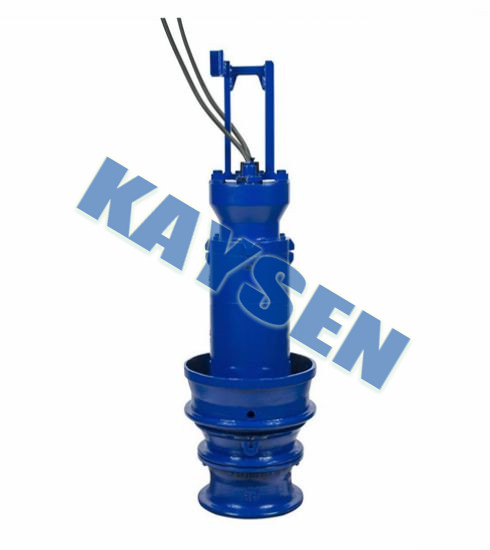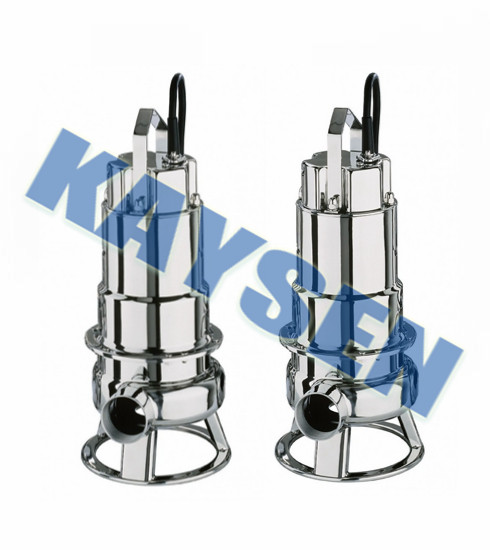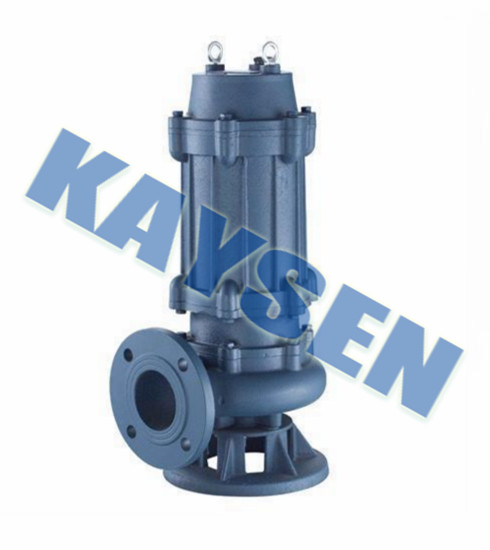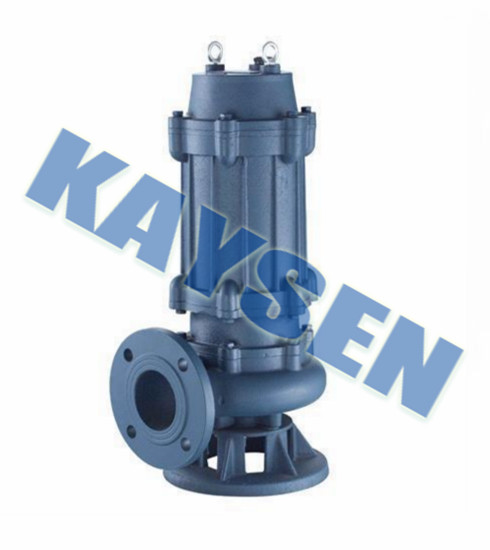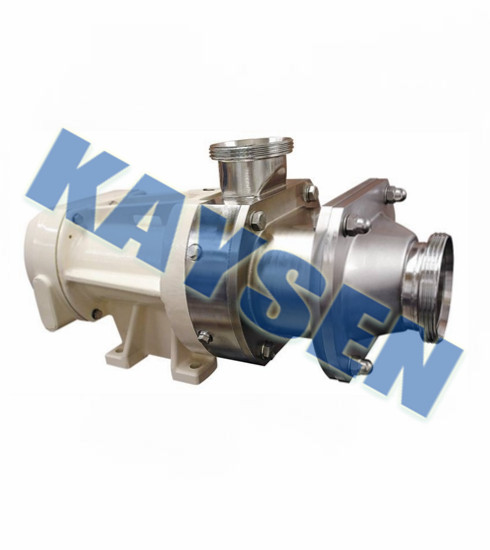进口三螺杆泵Three screw pump/德国品质

德国KAYSEN凯森进口三螺杆泵概述
三螺杆泵是依靠泵体与螺杆所形成,当主动螺杆转动时,带动与其啮合的从动螺杆一起转动,吸入腔一端的螺杆啮合空间容积逐渐增大,压力降低。
液体在压差作用下进入啮合空间容积。当容积增至***大而形成一个密封腔时,液体就在一个个密封腔内连续地沿轴向移动,直至排出腔一端。这时排出腔一端的螺杆啮合空间容积逐渐缩小,而将液体排出。三螺杆泵的工作原理与齿轮泵相似,只是在结构上用螺杆取代了齿轮。表为各种螺杆泵的特点和应用范围。三螺杆泵的流量和压力脉冲很小,噪声和振动小,有自吸能力,但螺杆加工较困难。泵有单吸式和双吸式两种结构,但单螺杆泵仅有单吸式。三螺杆泵必须配带安全阀(单螺杆泵不必配带),以防止由于某种原因如排出管堵塞使泵的出口压力超过容许值而损坏泵或原动机。
杆泵结构
三螺杆泵是利用螺杆的回转来吸排液体的。中间螺杆为主动螺杆,由原动机带动回转,两边的螺杆为从动螺杆,随主动螺杆作反向旋转。主、从动螺 杆的螺纹均为双头螺纹。
三螺杆泵是螺杆式式容积泵。在三螺矸泵中,由于主螺杆与从动螺杆上螺旋槽相互啮合及它们与衬套三孔内表面的配合,得以在泵的进口与出口之间形成数级动密封室,这些动密封室将不断把液体由泵进口轴向移动到泵出 口,并使所输送液体逐级升压。从而形成一个连续、平稳、轴向移动的压力液体。三螺杆泵所输送液体为不含固体颗粒,无腐蚀性油类及类似油的润滑性液体,粘度1.2~100oE(3.0~760cst),高粘度液体亦可通过加温降粘后输送,其温度不超过150oC。
主要特点:
由于各螺杆的相互啮合以及螺杆与衬筒内壁的紧密配合,在泵的吸入口和排出口之间,就会被分隔成一个或多个密封空间。随着螺杆的转动和啮合,这些密封空间在泵的吸入端不断形成,将吸入室中的液体封入其中,并自吸入室沿螺杆轴向连续***移至排出端,将封闭在 各空间中的液体不断排出,犹如一螺母在螺纹回转时被不断向前推进的情形那样,其中螺纹圈数看做液体,当螺钉旋转时螺纹在转动时就相当于液体在螺杆泵里面的情形,这就是螺杆泵的基本工作原理。
螺杆与壳体之间的密封面是一个空间曲面。在这个曲面上存在着诸如ab或de之类的非密封区,并且与螺杆的凹槽部分形成许多三角形的缺口abc、def。这些三角形 的缺口构成液体的通道,使主动螺杆凹槽A与从动螺杆上的凹槽B、C相连通。而凹槽B、C又沿着自己的螺线绕向背面, 并分别和背面的凹槽D、E相连通。由于在槽D、E与槽F(它属于另一头螺线)相衔接的密封面上,也存在着类似于正面的三角形缺口a’b’c’,所以D、F、E也将相通。这样,凹槽ABCDEA也就组成一个“∞” 形的密封空间(如采用单头螺纹,则凹槽将顺轴向盘饶螺杆,将吸排口贯通,无法形成密封)。不难想象,在这样的螺杆 上,将形成许多个***的“∞”形密封空间,每一个密封空间所占有的轴向长度恰好等于累杆的导程t。因此,为了使螺杆能吸、排油口分隔开来,螺杆的螺纹段的长度至少要大于一个导程。
主要优点:
●结构坚实,安装***容易
●运送液体的种类和粘度范围宽广
●吸入性能好,具有自吸能力
●流量均匀连续,振动小,噪音低
●因为泵内的回转部件惯性力较低,故可使用很高的转速
●压力和流量范围宽阔。压力约在3.4-340千克力/cm 2,流量可达18600cm3/分
●与其它回转泵相比,对进入的气体和污物不太敏感
主要应用:
●燃料油输送
●润滑油输送
●液压油输送
●植物油输送
●沥青及其他润滑性液体和油、水、气混合液体

Germany KAYSEN imported three screw pump overview
The three-screw pump is formed by the pump body and the screw. When the driving screw rotates, the driven screw that meshes with it is rotated together, and the screw meshing space volume at one end of the suction chamber is gradually increased, and the pressure is lowered.
The liquid enters the volume of the meshing space under the pressure difference. When the volume is increased to a maximum to form a sealed chamber, the liquid is continuously moved axially in the sealed chambers until one end of the chamber. At this time, the volume of the screw meshing space at one end of the discharge chamber is gradually reduced, and the liquid is discharged. The working principle of the three-screw pump is similar to that of a gear pump, except that the gear is replaced by a screw in the structure. The table shows the characteristics and application range of various screw pumps. The three-screw pump has ***all flow and pressure pulses, low noise and vibration, and self-priming capability, but screw processing is difficult. The pump has a single suction type and a double suction type, but the single screw pump has only a single suction type. The three-screw pump must be equipped with a safety valve (the single-screw pump does not h***e to be equipped with a belt) to prevent the pump or prime mover from being damaged due to some reason such as the discharge pipe being blocked and the pump outlet pressure exceeding the allowable value.
Rod pump structure
The three-screw pump uses the rotation of the screw to suck and drain the liquid. The intermediate screw is an active screw, which is driven by the prime mover, and the screw on both sides is a driven screw, which rotates in reverse with the active screw. The threads of the main and driven screws are double-ended threads.
The three screw pump is a screw type positive displacement pump. In the three-screw pump, since the main screw and the spiral groove on the driven screw are engaged with each other and they cooperate with the inner surface of the three holes of the bushing, a plurality of dynamic sealing chambers are formed between the inlet and the outlet of the pump, and these dynamic seals are formed. The chamber will continuously move the liquid axially from the pump inlet to the pump outlet and boost the delivered liquid step by step. Thereby forming a continuous, ***ooth, axially moving pressure liquid. The liquid conveyed by the three-screw pump is a lubricating liquid containing no solid particles, no corrosive oil and similar oil, and the viscosity is 1.2~100oE (3.0~760cst). The high viscosity liquid can also be transported by heating and viscosity reduction. Not more than 150oC.
main feature:
Due to the mutual engagement of the screws and the close fit of the screw to the inner wall of the liner, between the suction and discharge ports of the pump, it is divided into one or more sealed spaces. With the rotation and engagement of the screw, these sealed spaces are continuously formed at the suction end of the pump, the liquid in the suction chamber is sealed therein, and continuously pushed from the suction chamber in the axial direction of the screw to the discharge end, which will be enclosed in each space. The liquid is continuously discharged, just as a nut is continuously pushed forward when the thread is swung. The number of threads is regarded as a liquid. When the screw rotates, the thread is equivalent to the liquid inside the screw pump. This is the screw. The basic working principle of the pump.
The sealing surface between the screw and the housing is a spatial curved surface. There is a non-sealed area such as ab or de on this curved surface, and a plurality of triangular notches abc, def are formed with the groove portion of the screw. These triangular notches form a passage for the liquid, allowing the active screw groove A to communicate with the grooves B, C on the driven screw. The grooves B and C are wound along their own spirals to the back, and communicate with the grooves D and E on the back, respectively. Since the groove D, E and the groove F (which belongs to the other head spiral) are joined to each other with a triangular notch a'b'c' similar to the front surface, D, F, and E will also communicate. In this way, the groove ABCDEA also c***titutes a "∞"-shaped sealing space (if a single-head thread is used, the groove will be screwed in the axial direction, and the suction and discharge ports will pass through, failing to form a seal). It is not difficult to imagine that on such a screw, a plurality of independent "∞"-shaped sealed spaces will be formed, each of which occupies an axial length exactly equal to the lead t of the tired rod. Therefore, in order to separate the screw suction and discharge ports, the length of the threaded section of the screw is at least greater than one lead.
The main advantage:
●Strong structure, easy installation and maintenance
● Wide range of types and viscosity of transport liquids
●Good inhalation performance and self-priming ability
● Uniform and continuous flow, low vibration and low noise
●High speed can be used because the inertial force of the rotating parts in the pump is low
● Wide range of pressure and flow. The pressure is about 3.4-340 kgf/cm 2 and the flow rate is up to 18600 cm3/min.
● Less sensitive to incoming gases and dirt than other rotary pumps
main application:
●fuel oil delivery
●Lubricant delivery
●Hydraulic oil delivery
● vegetable oil delivery
●Asphalt and other lubricious liquids and oil, water and gas mixed liquids

